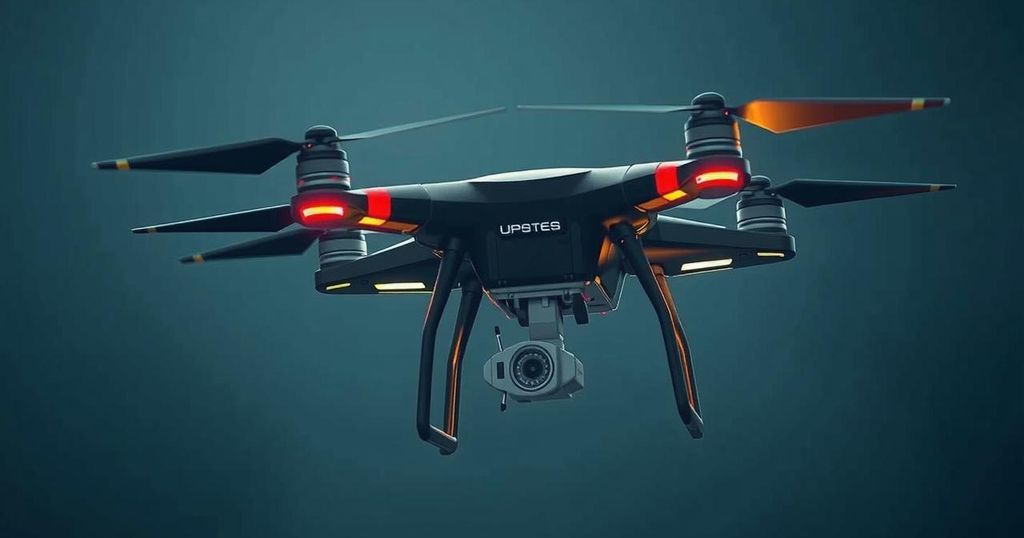The Emergence of Drones as Dominant Forces in Modern Warfare

Former Royal Marines Colonel asserts that drones are revolutionizing warfare, paralleling pivotal advancements in military history. The Ministry of Defence reports a surge in Russian drone usage against Ukraine, while Ukraine enhances its own drone warfare capabilities. UK Defence Secretary presses the need for increased defense spending amidst NATO demands, with commitments expected in the upcoming Strategic Defence Review.
Former Royal Marines Colonel, aged 44, who has completed five operational tours in Afghanistan, posits that the integration of drones in modern warfare is fundamentally altering combat dynamics. He suggests that this technological evolution equates to pivotal moments in military history, likening drones to transformative innovations such as machine guns for the army, submarines for the navy, and jet engines for the air force. The Colonel emphasizes the importance of the forthcoming Strategic Defence Review (SDR), stating it is essential as it will address this pivotal shift in warfare, marking a transition from focusing on individual soldiers to leveraging advanced technology in operational environments. Recent reports from the Ministry of Defence reveal that Russia has significantly escalated its use of “kamikaze” drones against Ukraine, launching approximately 2,000 of these One Way Attack Uncrewed Aerial Vehicles (OWA UAVs) in October alone. This figure marks a notable increase, underscoring consistent upward trends in drone deployment that have emerged since mid-2024. The briefing suggests that unless production is interrupted, staffing constraints rather than missile supply will limit Russian operations. Furthermore, Ukraine has enhanced its drone capabilities, conducting strikes well beyond its borders, signifying a new era of drone warfare. As the geopolitical landscape grows increasingly precarious, UK Defence Secretary John Healey has refrained from committing to a timeline regarding defense spending targets amidst pressure from NATO allies. The Labour Party has pledged to meet the target of 2.5 percent of GDP on defense; however, Mr. Healey has only indicated that plans will be shared in the spring session, emphasizing the necessity for defense expenditure to align with contemporary security threats. Meanwhile, the government has allocated an additional £2.9 billion for defense next year, building on the £3 billion earmarked for Ukraine this year, suggesting a proactive response to emerging security challenges.
The incorporation of drones into military strategy reflects significant advancements in technology that influence modern warfare. The observations of military officials highlight an ongoing transformation in how nations engage in conflict, particularly emphasized by the increased utilization of drones as primary tools for engagement. The current tensions in Ukraine serve as a critical case study, offering insights into drone warfare’s evolving role in strategic military operations, as both Russia and Ukraine actively develop their capabilities. Additionally, there is mounting pressure on NATO members, particularly the UK, to enhance defense spending to meet contemporary security demands as they adapt to new forms of warfare.
In conclusion, the evolution of drone technology signifies a monumental shift in military strategies, necessitating a reevaluation of resource allocation and operational approaches for armed forces globally. The comprehensive increase in drone usage, particularly noted in the ongoing conflict in Ukraine, underscores the urgency for countries to adapt to this new era of warfare. With defense spending being critical for enhancing military capabilities, the forthcoming Strategic Defence Review will be pivotal in shaping future directives towards effectively addressing emerging threats.
Original Source: www.standard.co.uk







